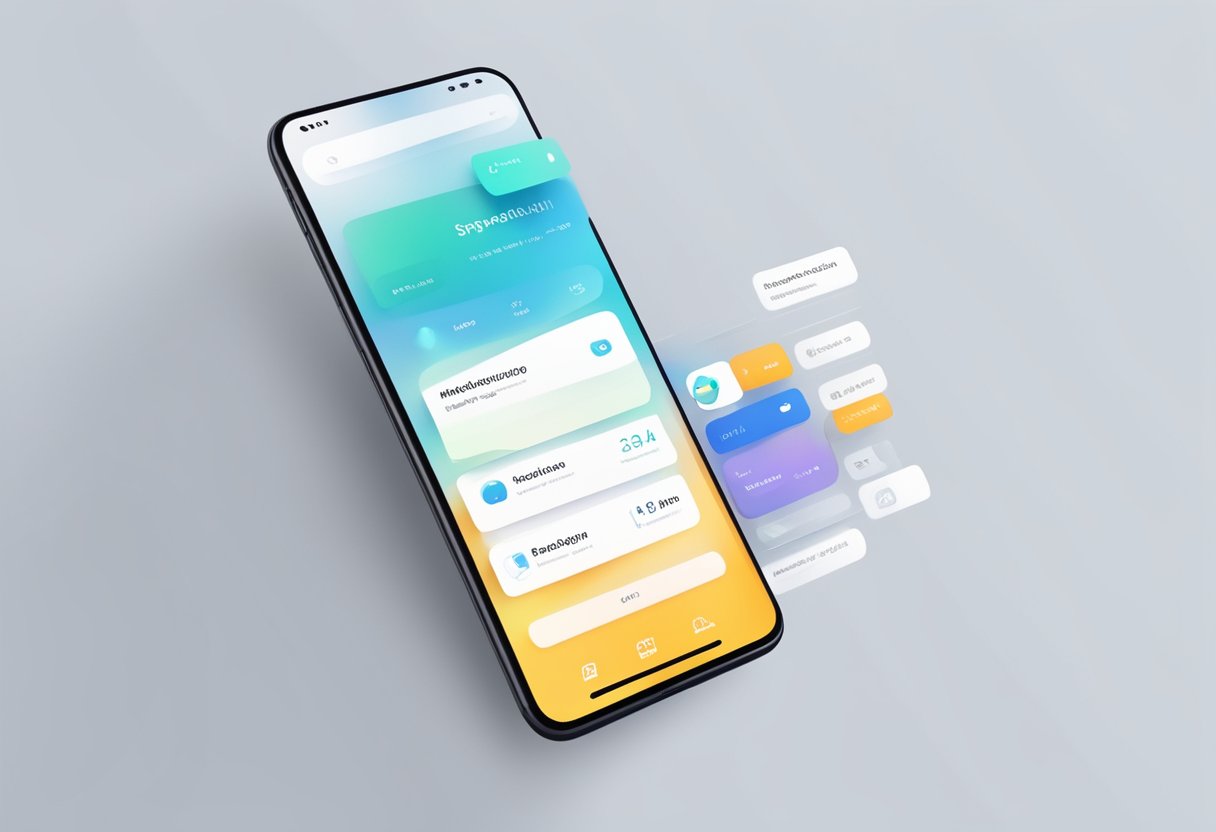React Navigation is a popular library that enables developers to create fluid and dynamic navigation experiences for their mobile applications. With React Navigation, developers can easily implement features like tab navigation, stack navigation, and drawer navigation, among others. This library is designed to be highly customizable and extensible, making it an excellent choice for developers who want to create unique and engaging navigation experiences for their users.

One of the main benefits of using React Navigation is its ability to handle complex navigation scenarios with ease. For example, developers can easily implement deep linking, which allows users to navigate directly to specific screens within the app from external sources like push notifications or deep links. Additionally, React Navigation supports dynamic routing, which enables developers to create navigation flows that adapt to user input and context. This can help to create a more intuitive and user-friendly experience for app users. Overall, React Navigation is a powerful tool for developers who want to create engaging and dynamic navigation experiences for their mobile applications.
Índice De Conteúdo

React Navigation is a popular library used for navigation and routing in React Native applications. It provides a simple and intuitive way to manage the navigation flow of an application. In this section, we will explore the fundamentals of React Navigation.
React Navigation is built on top of the React Native platform and is designed to work with both iOS and Android platforms. It provides a set of navigation components such as StackNavigator, TabNavigator, DrawerNavigator, etc., that can be used to create a navigation structure for an application.
One of the key features of React Navigation is its ability to handle deep linking. This allows users to navigate directly to a specific screen within an application, rather than having to navigate through a series of screens to get there.
To set up the navigation structure of an application using React Navigation, the first step is to install the library and its dependencies. Once installed, the navigation structure can be defined using the available navigation components.
For example, to create a stack-based navigation structure, the StackNavigator component can be used. This component provides a stack of screens, where each screen is pushed onto the stack when it is navigated to, and popped off the stack when the user navigates back.
React Navigation provides a navigation prop that can be used to navigate between screens. This prop contains methods such as navigate, goBack, and setParams, which can be used to navigate to a specific screen, go back to the previous screen, or set parameters for a screen.
In addition to the navigation prop, React Navigation also provides a way to manage the navigation state of an application. This can be done using the NavigationActions API, which provides methods such as navigate, reset, and back, to manipulate the navigation state.
Overall, understanding the fundamentals of React Navigation is essential for building fluid and intuitive navigation in React Native applications. By setting up the navigation structure and managing the navigation state effectively, developers can create an efficient and seamless user experience.
Advanced Techniques and Best Practices

Dynamic Routing and Deep Linking
React Navigation allows for dynamic routing and deep linking, which can greatly enhance the user experience. Dynamic routing allows the app to navigate to different screens based on user input, while deep linking allows for direct access to specific screens within the app.
To implement dynamic routing, developers can use the navigate method to programmatically navigate to different screens based on user input. Deep linking can be implemented using the Linking API, which allows for direct access to specific screens within the app.
React Navigation provides several performance optimizations out of the box, such as lazy loading and memoization. Lazy loading ensures that only the necessary components are loaded when navigating to a screen, while memoization caches previously rendered components to reduce the number of re-renders.
Developers can further optimize performance by using the useMemo hook to memoize expensive computations and the useCallback hook to memoize event handlers.
React Navigation provides several customization options for the app’s navigation aesthetics, such as custom headers, navigation buttons, and transitions. Developers can use the headerStyle, headerTitleStyle, and headerTintColor props to customize the header, while the screenOptions prop can be used to customize the navigation buttons and transitions.
To further customize the app’s aesthetics, developers can use third-party libraries such as react-native-vector-icons for custom icons and react-native-reanimated for custom animations.
Integrating with Redux and Context API
React Navigation can be easily integrated with Redux and Context API for state management. Developers can use the useNavigation hook to access the navigation state and dispatch actions to the navigation reducer.
To integrate with Context API, developers can wrap the app with a NavigationContainer component and pass the navigation state and dispatch functions as props to the context provider.
Overall, by leveraging these advanced techniques and best practices, developers can create fluid and intuitive app navigation and routing with React Navigation.

